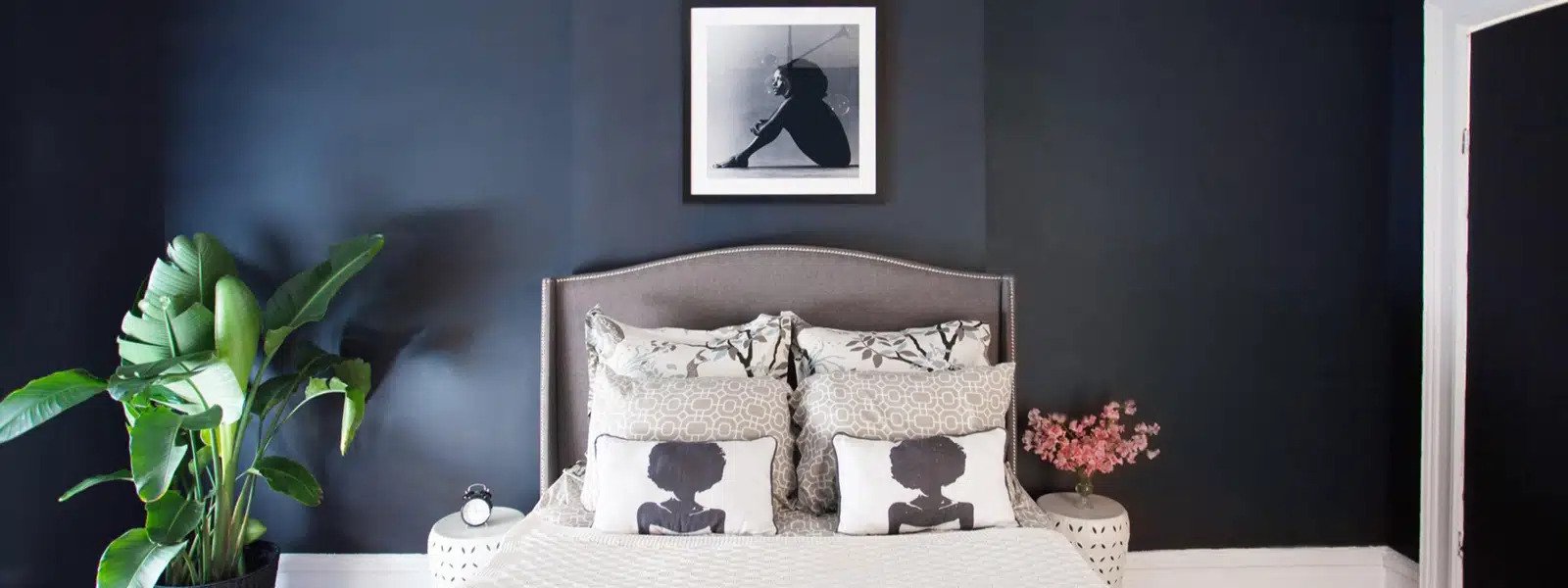Like the rest of us, Jason Reynolds lives in the present. But his approach to it may be somewhat more intentional than ours. More than anything else, Jason sees the present as the bridge that connects the past and the future, and he always seems to have them both in view. Pieces of the past dot the landscape of his home, each one a catalyst for his work in the present.
Every time he leaves his house, Jason passes a slip of paper hanging in a frame on the wall—a rejection letter his grandmother received decades ago after failing to qualify for a job as an office cleaner because she couldn’t pass the written test. Jason framed it as a reminder of the importance of the work he does, why he’s leaving the house, and why he needs to come back.
To say that Jason works with words might be understating the facts. He’s a bestselling author with a host of awards to his credit, having written more than a dozen books for teens and young adults. His commitment to helping younger generations forge their own relationships with the written word is palpable, real, and wholly unintended. Unsurprisingly however, it’s a focus that starts in the past, with the loss of his grandmother.

“I was never a good student,” he admits. “All I ever had was my intuition.” As a boy Jason’s relationship to reading and writing was simple: They didn’t get along. All that changed when he was ten years old. His grandmother passed, and he saw the impact that it had on his mother. “It’s the first time I ever heard my mother cry. I didn’t see it. Because my mother was the sort of strong Black woman that we wish they didn’t always have to be. But I could hear it through the wall and it was like, chemically changing.”
His desperation to help his mother feel better turned an enemy into an ally, and he penned a six-line poem that his mother printed on the back of the funeral program. “That was the moment everything changed,” he remembers. “But it was never about me. It was always about service. How can I change the temperature of a room? How can I stop my mother’s tears?
A pass through Jason’s home won’t reveal many mementos of his mother, but there’s a reason for that. “I don’t fool with my mother’s stuff. She lives around the corner. I’m always in that house.” What it will reveal is a deep attachment to color. A dedicated advocate for his readership, especially those most at risk, Jason spends a lot of his time visiting schools and juvenile detention centers. Not surprisingly, the two worlds share a common color scheme. “I spend my whole life in institutions,” he reflects. “I’m in schools. I’m in prisons. Places that are typically black, white, and steel. I can’t feel like that when I come home.”
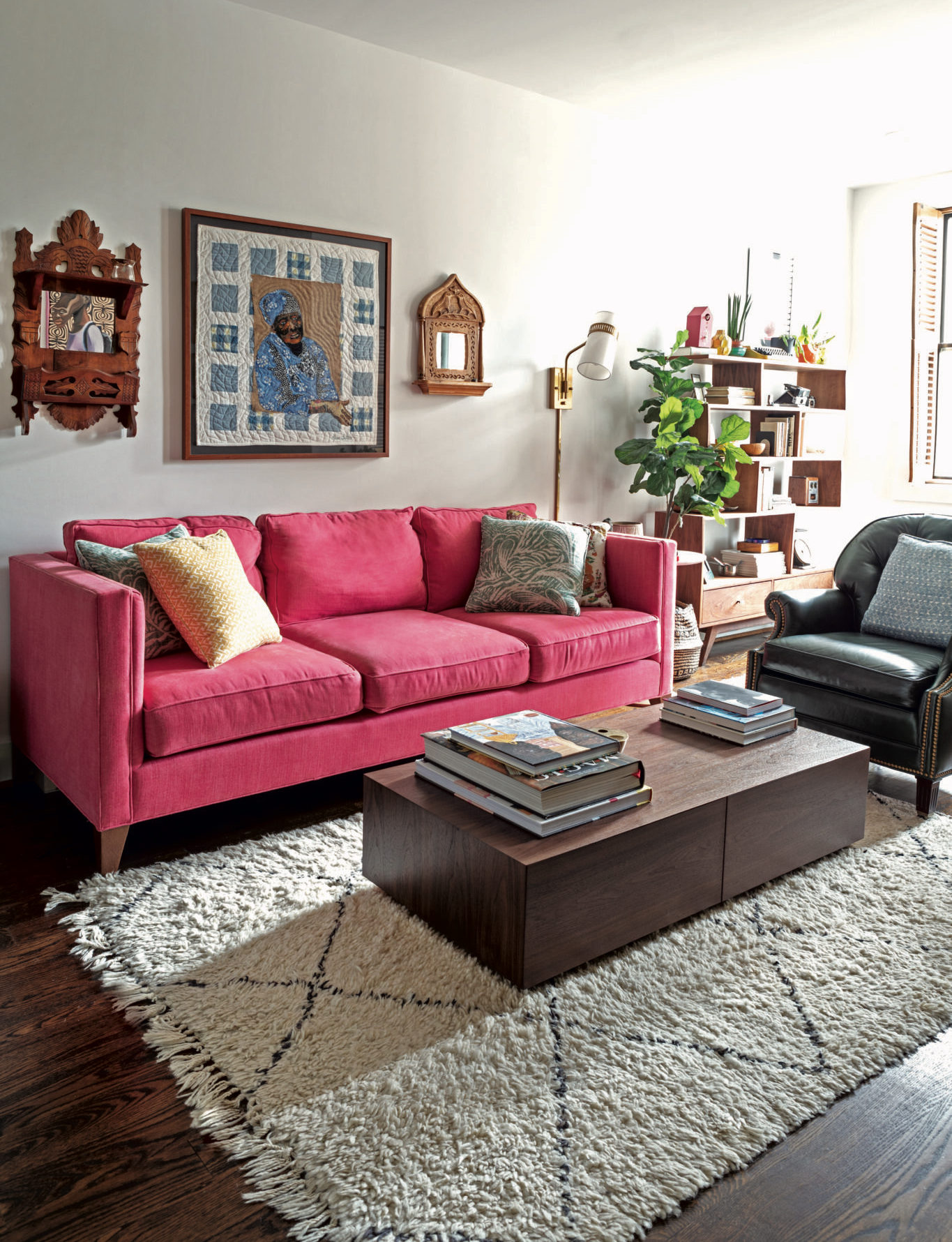
As a result, color is one of the defining elements of Jason’s home. Intentionally set against a neutral backdrop, color enters every room on different levels and through different means. The white walls of his open-plan living area are broken up by an explosion of yellow from a brightly hued accent wall intended to enhance the room’s daily dose of natural sunlight.
In the same space, which includes the kitchen and bar areas, numerous other shades make their presences felt in equally dramatic, albeit smaller, bursts. Hot pinks, deep greens, and various shades of blue combine with other colors to create a kaleidoscopic effect that fills the room with energy.
In his bedroom and office, located on separate floors, things become serene almost to the point of austerity. In the bedroom, the blazes of color that cover the hall recede into a meditatively hued room, distinguished by the lightly patterned, neutral-toned wallpaper. Pops of blue from the table lamps, an apricot-colored chair, and a few scattered moments of color are all that remain. In the office, the white walls reappear.
Inspiring the clear mind it takes to create characters and shape their lives, the wall’s color is reflected in the room’s one chair, while yellow and blue make their appearances through the rug and file cabinet. It’s a house full of bold color choices and the expert pairing of seemingly random pieces. And while it doesn’t include any specific pieces from his mother’s house, Jason will be the first to confirm that the concept behind his home is all her.
“Mom has always had really interesting tastes,” Jason reflects. “Our house had Rodin replicas and a huge Buddha.” Yet years of meditation didn’t keep her from being “wildly upset,” when the Buddha statue was broken. “Which seemed kinda antithetical to Buddha’s teachings,” he says with a laugh. “But that argument didn’t really work.” A longtime student of Eastern thought and meditation, Jason’s mother kept a meditation space in the laundry room for daily use.
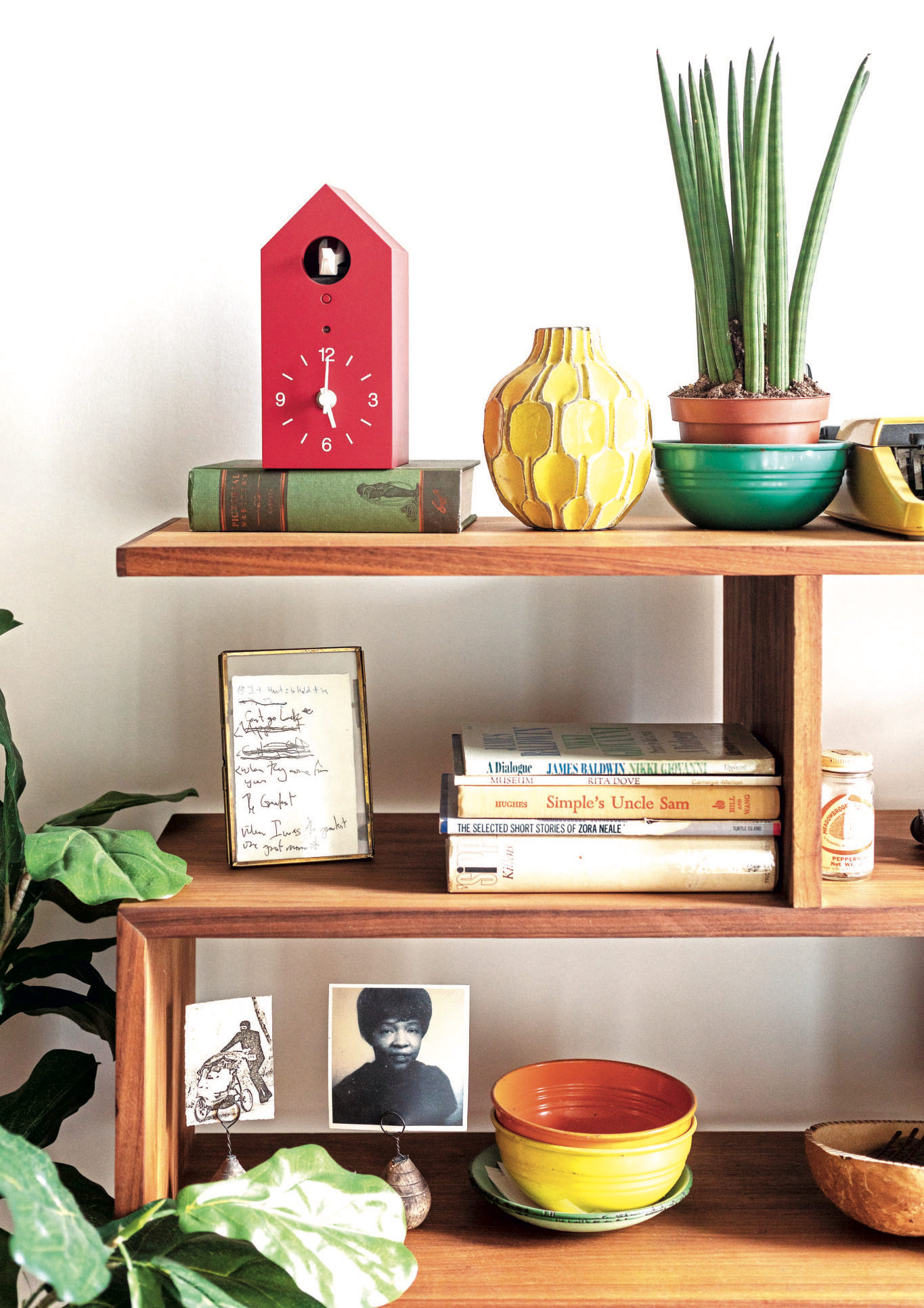
But Buddha and Rodin weren’t her only design influences. Music was a presence as well. “There was a piano, a pipe organ, and an upright piano in one house—and an old trumpet with a little clip just kind of attached to the wall. I don’t know how she pulled it off because we were not those people. But that’s the kind of stuff I think about more than anything.”
Now in his own home, Jason’s sense of a creative spirit comes from being surrounded by the things he needs most: his books and his art. “I’m a huge collector,” he says, beaming, speaking about the works scattered throughout his home. “I have been for a long time.” Art can be found in every room of the house, from a variety of different sources. In his living room, a gallery wall intended to class up the television includes a piece by Afro-surrealist Alim Smith, framed in pink.
Another favorite, by Adebunmi Gbadebo, is prized for the statement it creates using Black people’s hair. “Hair is hard for Black folks because of all the things that get attached or encoded into it,” he offers. “But it’s something that connects us, all of our genetics, everywhere in the world. We should be praising it.”
Books are perhaps the only thing easier to find in Jason’s home than works of art. “There have to be books in every room in my house, and I keep books in certain spaces for certain reasons.” Art books stay close at hand on the sofa and in the bedroom because they’re small and easy to pick up. Literature in the office is a source of inspiration and reference. His collection exceeds the confines of bookshelves in the living room and office to find homes on nearly every flat surface of the home.
But the abundance of books is more than an image requirement for the author. It’s an artist’s relationship to his art and how he sees the work he does in the world. “It’s almost like spellcasting, what I get to do for a living,” he muses. “All I’ve got is twenty-six letters. That’s my whole toolkit. Twenty-six letters that I somehow have to arrange and rearrange into some intricate code that chemically changes a person. And so I keep my tools around.”
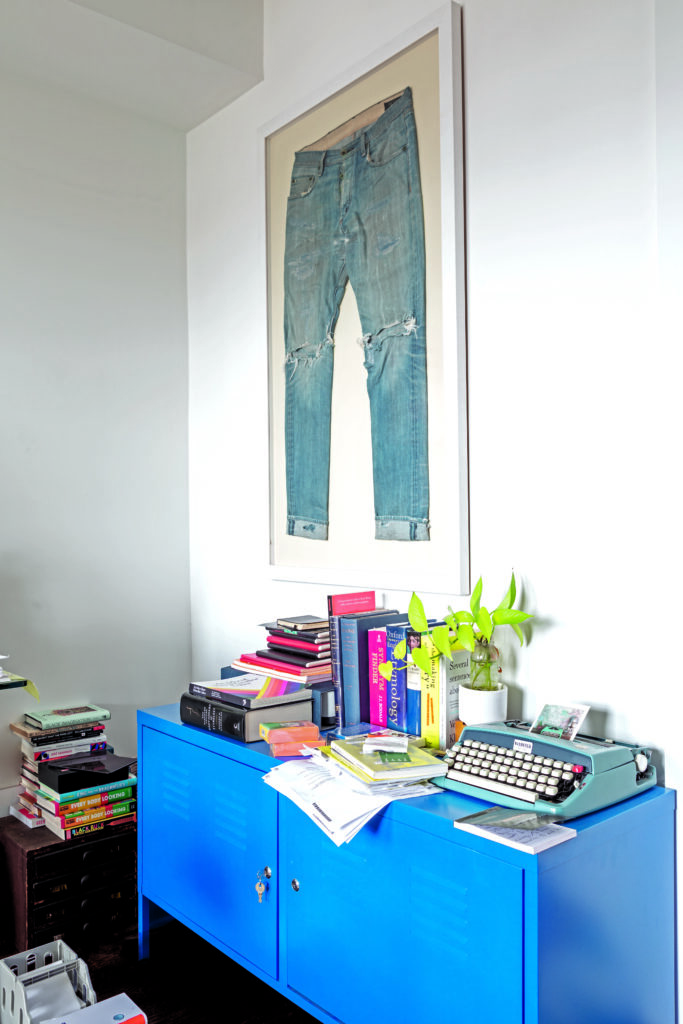
The author began using those tools with purpose for his first published work, a coauthored fusion of poetry and art for teens. “I never wanted to write novels,” he confesses. “I wanted to be Langston Hughes.” But when a friend later convinced him to give it a shot, he found that the only people he could show what he had created, “a book about Black kids hanging out in Brooklyn, being Black,” were editors in the young adult category. It was his first major success, titled When I Was the Greatest. Since then Jason has not only come to embrace his medium and his audience, but to see in the connection between the two a vital part of his own experience and a crucial opportunity to help.
For Jason Reynolds, the past and future are key ingredients of the present. The former gives it context, while the latter gives it purpose. In the same frame that holds his grandmother’s rejection letter, Jason keeps all the contents of her wallet, including her voter registration card, both symbols, he says, of her perseverance. In his office, he keeps an Ernie-shaped Sesame Street cookie jar belonging to his grandfather, one of the few frivolities of an austere life, together with artifacts of African American literature, including letters from Langston Hughes and an autographed first edition of Toni Morrison’s Beloved.
He has designed his home so that the past is always in front of him—and MY GRANDFATHER INHERITED two hundred acres of land from his grandfather. So he never had to ask for anything, and in fact white people had to ask him for some things. Because of that, my mother didn’t know that she was living in the hotbed of Jim Crow. When she was little she could go to the ice cream shop and tell the white lady behind the counter to give her whatever she wanted and her daddy would pay for it later.
But the ice cream lady didn’t insist that she keep every spoon she used to be nice, but because no white person could be expected to use a spoon once my mother’s lips had touched it. Black people today have a lot of things against us, but perspective is important. I tell young people all the time, “If you feel like your life is hard, ask your grandma to tell you a story. You’ll find out that you alright.”
___________________________________
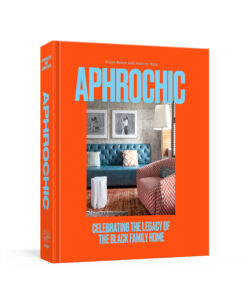
Reprinted with permission from AphroChic: Celebrating the Legacy of the Black Family Home. Copyright © 2022 by Jeanine Hays and Bryan Mason. Photographs copyright © 2022 by Patrick Cline. Photographs copyright © Chinasa Cooper (Danielle Brooks’s home). Photographs copyright © Jochen Arndt (Chris Glass’s home). Published by Clarkson Potter, an imprint of Penguin Random House, LLC.

